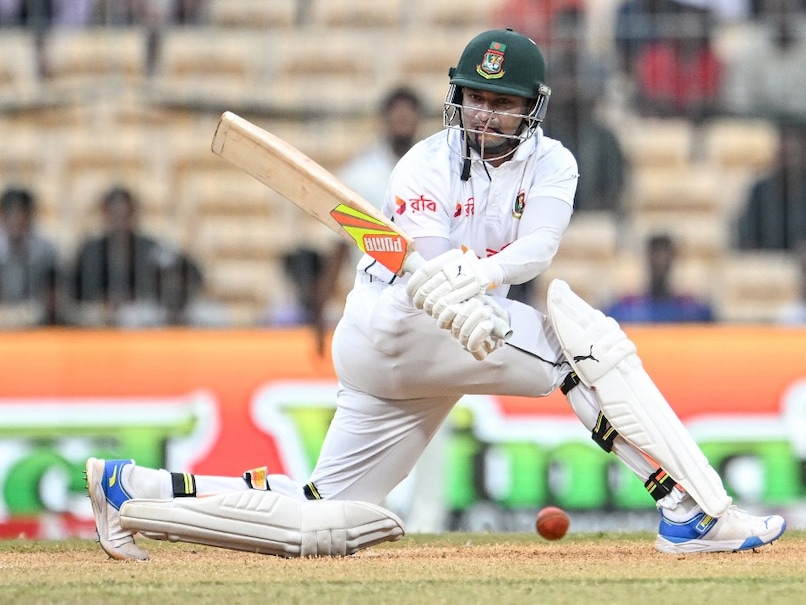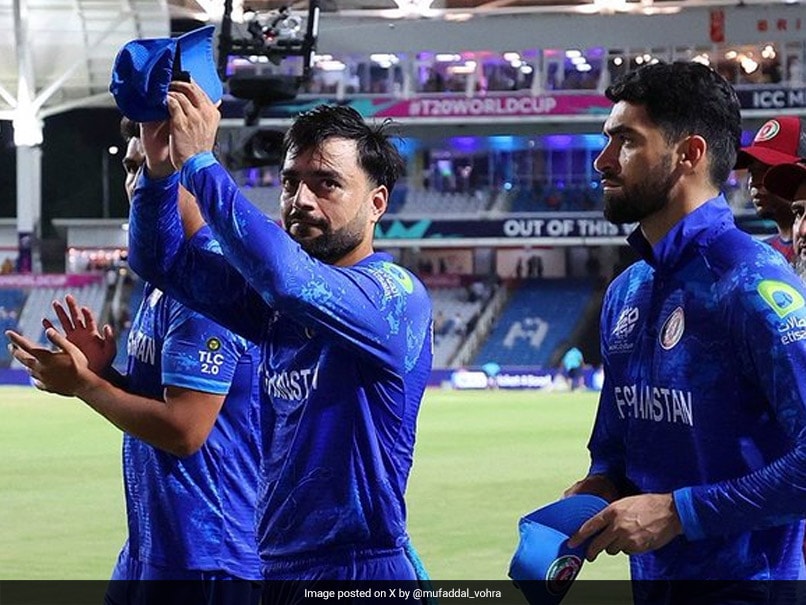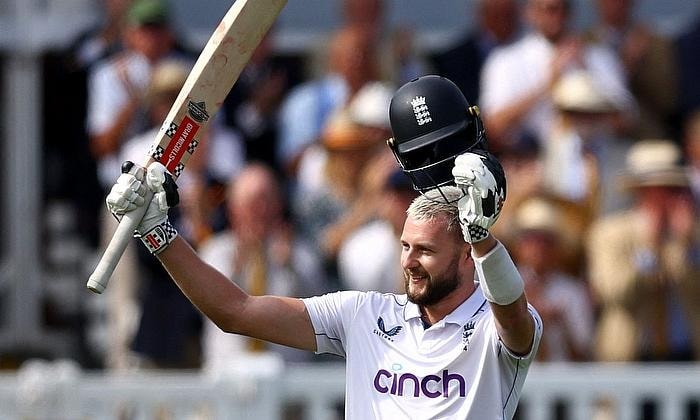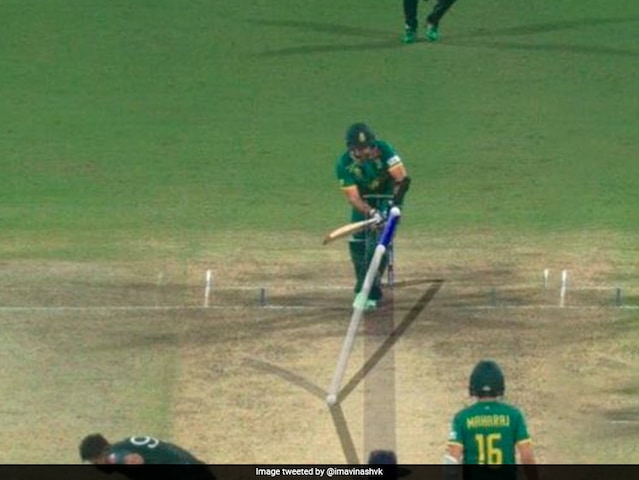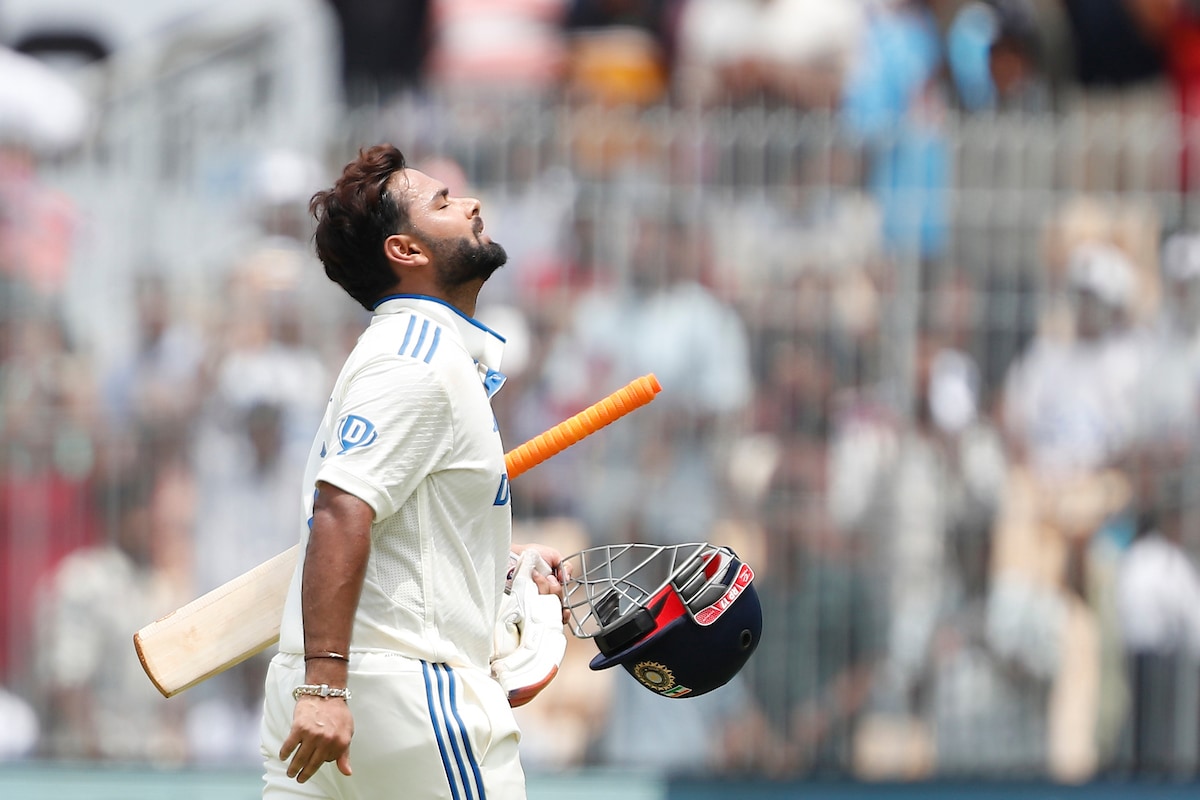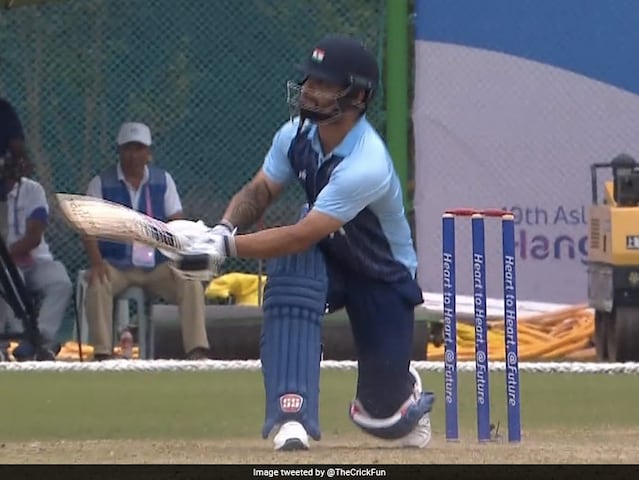Retirements come in stages, that’s the modern way. Not surprisingly, it is the lucrative franchise cricket that is the last to be let go. Ravichandran Ashwin will be seen in action at the IPL, and possibly even tennis ball cricket back home. He is already speaking of taking cricket to the terraces in Chennai. He is a cricket obsessive and will not turn down a chance to play.
He is also intelligent and articulate, and will become a media personality to reckon with. The temperament that might have denied him national captaincy — the refusal to suffer fools — can make him a success in the media. It is ironical that the very assets that are praised when you are successful — self-confidence, persistence, creativity, become negative qualities as your career winds down.
Letdown
But to retire in the middle of a series and fly back home? That is just not cricket. It was a letdown. Ashwin’s father might have let out the cat that everybody knew was in the bag by saying Ashwin felt humiliated at his treatment. This is understandable, but the implications of quitting now are many. It can be demoralising for teammates, it gives rise to unnecessary speculation, and most damaging of all, it deprives the team of a key player in the Tests remaining. Sydney is expected to help spin.
Mahendra Singh Dhoni retired in Australia a decade ago in the middle of a series. It wasn’t right then, this isn’t right now. Skipper Rohit Sharma saying “personal reasons” and requesting the player be left alone was either protecting Ashwin or protecting himself.
If the coach and captain told Ashwin he would not be picked again, that is ridiculous. Or perhaps there was a compelling reason back home. Notice how we are already in the realm of speculation. Whatever the cause, Indian cricket — and Ashwin — deserved better.
Last week in these columns we spoke about the lack of mentorship in India that sometimes leads young hopefuls astray. There is need for care and understanding at the other end of the career too. An exit interview might be valuable here. Top players in recent years, from Gundappa Vishwanath to Virender Sehwag have been allowed to fade away without a plan.
Ashwin’s place in history is assured as the finest of his tribe who had plenty of tricks in his bag as an all-rounder. Spin bowling is an intellectual activity, and the refusal to remain satisfied with what you have is the mark of someone playing not merely for his team, but for the sport itself.
Remarkably, Ashwin played all 65 Tests that India played at home since his debut, but only half the number India played in the ‘SENA’ countries (South Africa, England, New Zealand and Australia). His predecessor Harbhajan Singh played just over a third of the Tests India played in the SENA, so maybe it was the perception of their craft, not of their skill. Indian selectors tend to be hidebound in these matters, and precedents count for a lot.
Quintessential modern cricketer
Ashwin is the quintessential modern cricketer, in attitude and temperament. Self-aware to a great degree, he knew what was expected of him in each of the formats and was clear in his mind about what he expected from the game. India has a fine tradition of finger spinners, from Ghulam Ahmed, Erapalli Prasanna and Srinivas Venkataraghavan to Harbhajan and Ashwin. The last-named takes his place at the top of the pile for his ability to present new problems to the batter each time and the sense of joy he brought to his task.
But one question needs to be answered when the event is shorn of its emotional heft: Was it time to go? Ashwin will be 39 during before India’s next home Test series. In his last four Tests, he had ten wickets at 42. Crucially, India lost all four, three at home. These are not encouraging figures for a bowler who takes pride in his craft.
If something specific happened during the Australian tour to make Ashwin pack up and leave, we will know about that soon enough. Perhaps in the next volume of his excellent memoirs. Meanwhile let’s tip our hats to a modern great.
Published – December 25, 2024 12:49 am IST





